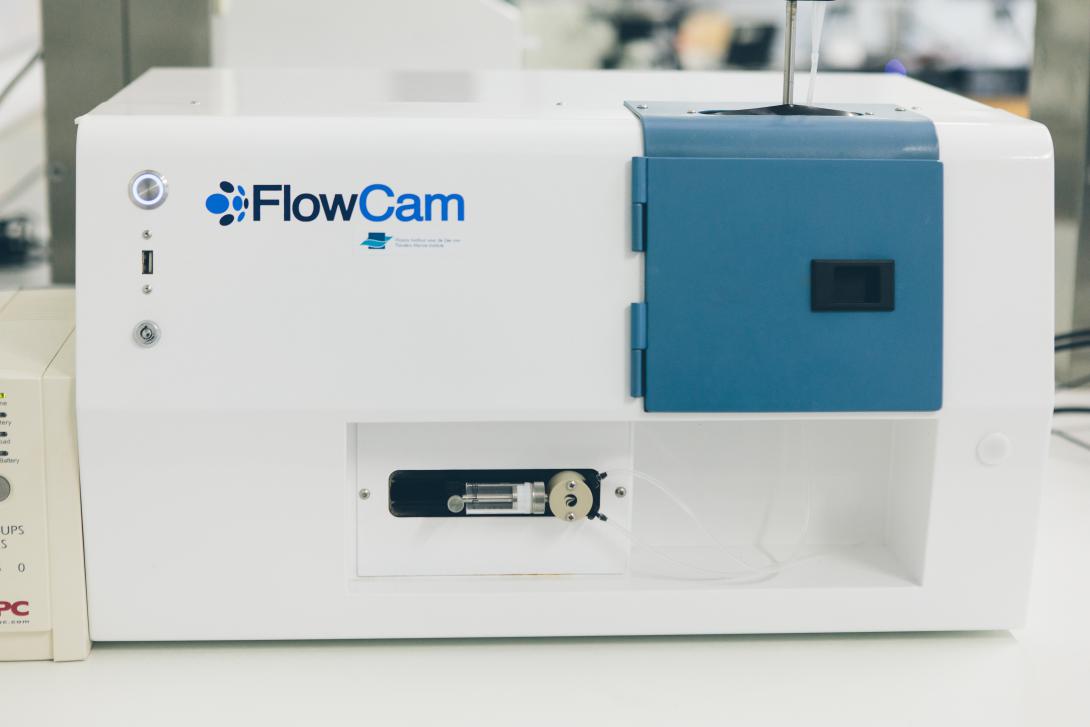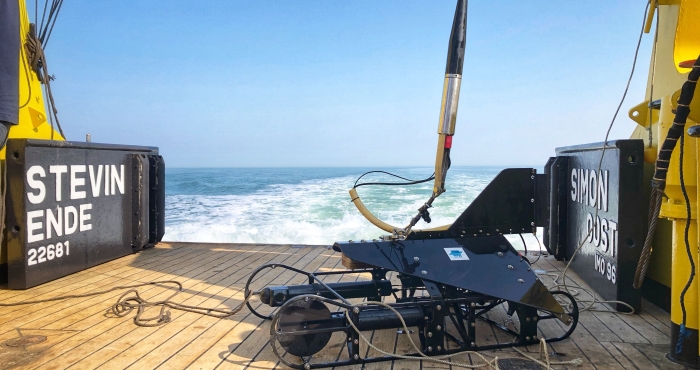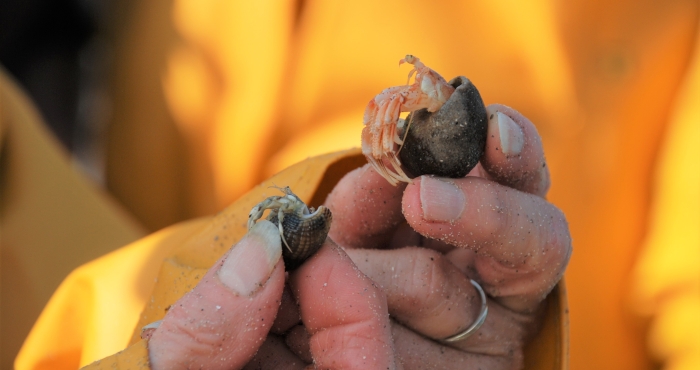
The inclusion of ecosystem engineers in coastal planning is an approach being considered to mitigate coastal erosion in different environments worldwide. Oysters are reef building and can alter and improve their habitat acting as a barrier for coastal protection by sediment stabilization and wave attenuation. In addition, they enrich the local environment, increasing biodiversity as a food source and nursery. However, there is a need for more research into the requirements/preferences of the early life stages of ecosystem engineering bivalves. During their free-swimming larval stage, oysters, like many other marine invertebrates, respond to cues in the water column and at the substrate surface which indicate ideal habitats. Understanding how these species respond to cues in natural dynamic environments will help inform best practices for new reef-building initiatives.





